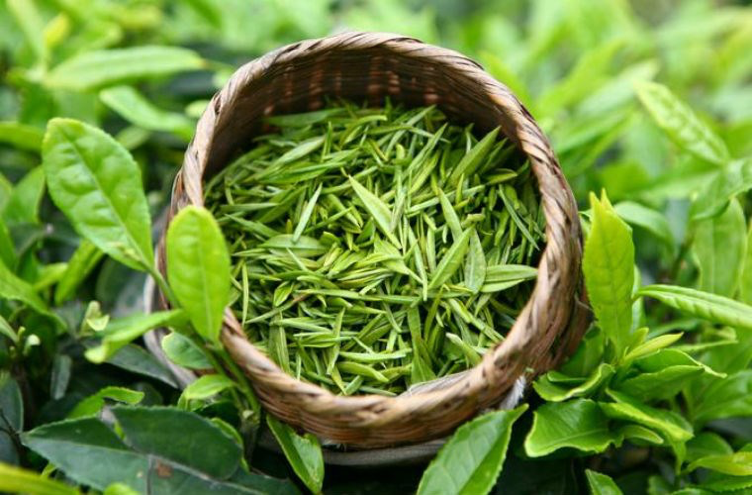Green tea, also known as green tea, is one of the three most loved teas in the world. However, many people still do not understand what green tea is? What are the specific uses of green tea?
WHAT IS GREEN TEA? WHY CALL IT IS GREEN TEA
Green tea is tea made from the leaves and buds of the green tea plant (in the North, people know it as green tea). Scientific name camellia sinensis, the English name of this tea is green tea. This plant usually grows and develops into a bush, with many leaves.
Green tea originates from Southeast Asia. Nowadays, with the development of science and technology and mass information, this tea has been planted and popularized in many parts of the world. Especially in tropical and subtropical areas.

CHARACTERISTICS OF GREEN TEA
Green tea tree has a main stem divided into branches. Currently, based on the stem, green tea is divided into 3 types: woody, semi-woody and bushy
The most commonly seen woody green tea is Shan Tuyet tea (ancient tea tree) that grows mainly in the Northwest region
Semi-woody green tea is often used as an ornamental plant, bonsai
Shrub-stemmed green tea is the most popular tea plant (Usually found in Thai Nguyen, Phu Tho, Lam Dong tea areas…)

1. GREEN TEA BUCK
Tea bud is a young part of a tea stem, this is the main part used to make tea. The bud usually has shrimp and consists of two or na young leaves.
There are two types of tea buds: normal buds and spread blind buds:
– Normal buds are buds with young leaves and split shrimp
– Spreading blind buds are buds that develop abnormally. The buds have young leaves but no split shrimp like normal buds.

2. GREEN TEA LEAF
Like tea buds, tea leaves are also the main raw materials used to produce tea.
Tea leaves are usually very well-veined, with serrated margins. Depending on the type of tea, the tooth shape will be different. The length of the leaves is usually 3 – 15 cm, the width is about 2 – 6 cm. The leaves are usually dark green, darkening from top to bottom.

INGREDIENTS IN TEA
Water: This is an important ingredient in tea leaves. It is the medium for the reactions between substances in the tea material during processing. Therefore, it is necessary to keep the amount of water in the tea leaves not less than 10%.
Tannin compounds: These are compounds found in abundance in green tea. The higher the tannin content, the better the quality.
Caffeine: Tea has the main alkaloid, which is caffeine. It has a stimulating effect on the drinker. It accounts for about 3-4% of the total dry matter in fresh tea leaves.
Protein and amino acids: In tea buds, the amount of protein is unevenly distributed. It accounts for about 15%. Protein and amino acids combined with a portion of Tannin to reduce bitterness and astringency.
Vitamins and minerals: Vitamins A, B1, B2, PP, especially Vitamin C, are abundant in tea. It is 3-4 times higher than orange or lemon.

